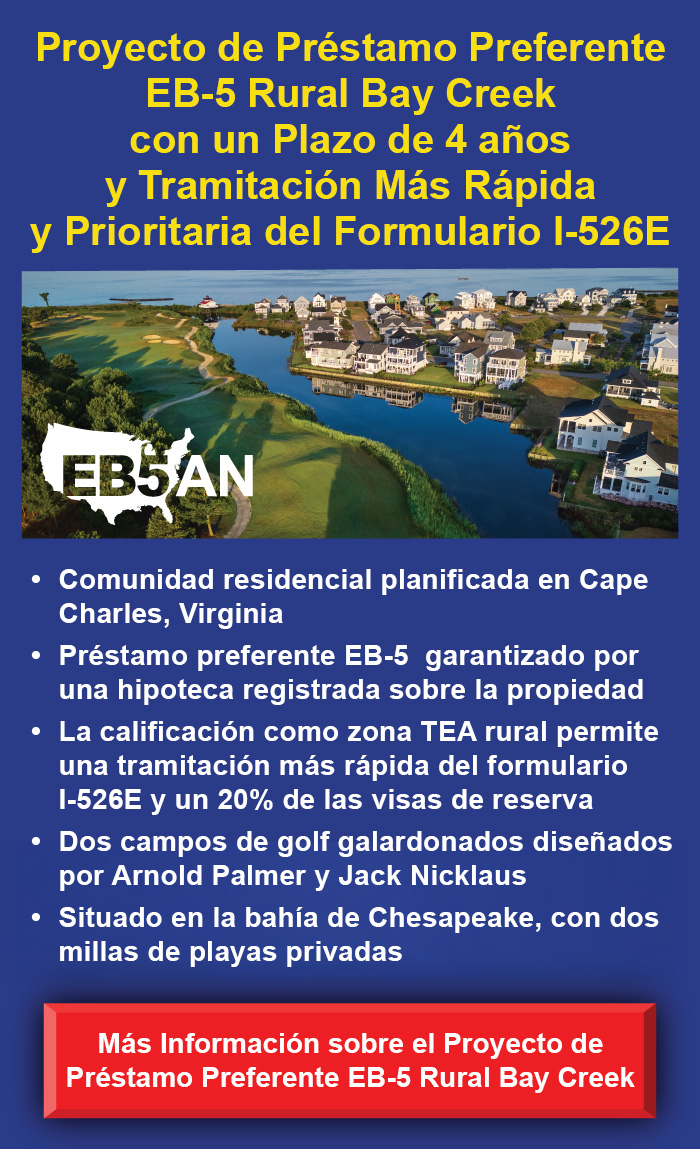It’s true that the EB-5 Immigrant Investor Program is one of the easiest (and quickest) pathways to gaining U.S. permanent resident status. What’s also true is that meeting all the program requirements can be quite complex. For foreign nationals to ultimately obtain U.S. green cards for themselves, their spouse, and their eligible minor children, every EB-5 investment in an EB-5 project encompasses a host of factors that the investor must address to successfully navigate the EB5 investment program. With each hurdle can come a slew of questions, and on November 10, 2020, it appears program participants may get answers to their most pressing EB5 investment questions.
Beginning on November 10, EB-5 trade association Invest in the USA (IIUSA) will host a two-week virtual conference set to cover important EB-5 topics such as requests for evidence (RFEs) and denial trends as well as challenges investors may be facing in the wake of the COVID-19 crisis. In fact, due to health regulations associated with the pandemic, the trade association opted to hold the 2020 forum online, even though it would typically take place in a large venue, live. This has (and will) likely pose its own set of challenges, but nonetheless, IIUSA has promised its attendees an informative and engaging experience expected to match its in-person events. Guests of honor speakers are Sarah Kendal, chief of Immigrant Investor Processing Office (IPO) and Charles Oppenheim, chief of Visa Control and Reporting Division at the U.S. Department of State.
Over the course of two weeks, the forum has scheduled five days of EB-5 program-related presentations. Attendees are not required to be IIUSA members to participate. Tickets for IIUSA members are $150, and all non-members can join for $200. The ticket entry price includes access to every panel, and all attendees can choose when they’d like to tune in.
Ahead of the IIUSA forum, members were asked to send in questions to Sarah Kendall, who will answer them during the event. Questions include a variety of IPO and EB-5 topics. Previews revealed the following sample:
- What causes the incongruencies between historical national average processing times and estimated processing time ranges?
- What happens with active EB5 investments that were prepared for redeployment in line with guidelines effective prior to the modifications in July 2020?
- What is the purpose of each individual investor in a single EB-5 investment program-approved project submitting project documentation, even when there have not been changes in the project?
- Will United States Citizenship and Immigration Services (USCIS) face additional fears of furlough in FY2021?
- What are the IPO’s plans to ensure low-population states and regions like Maine, South Dakota, and Alaska will continue to maintain EB-5 regional center coverage as rampant terminations continue based on investor activity level?
Investors interested in participating in this event should purchase their tickets in advance. Then, tune in beginning November 10 for a chance for direct access to a wealth of information and insights on the EB-5 Immigrant Investor Program.


